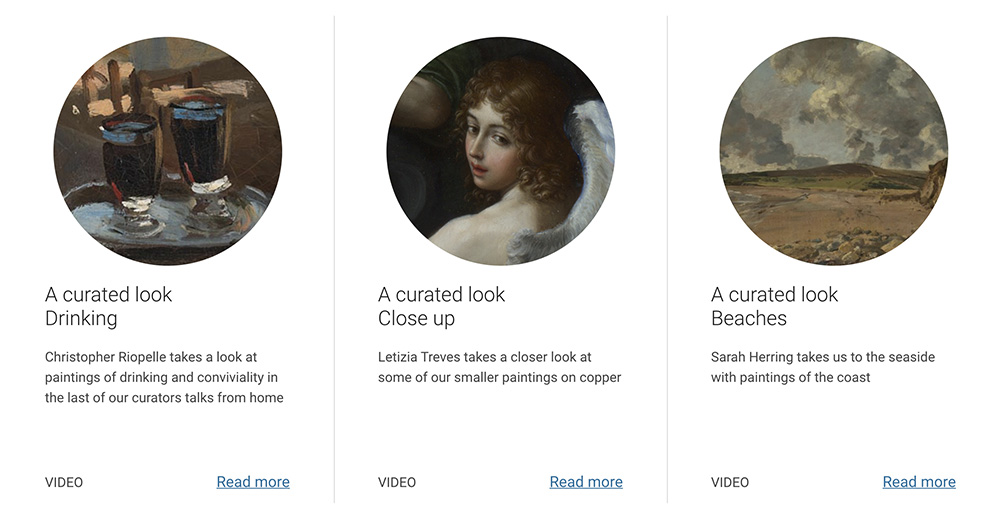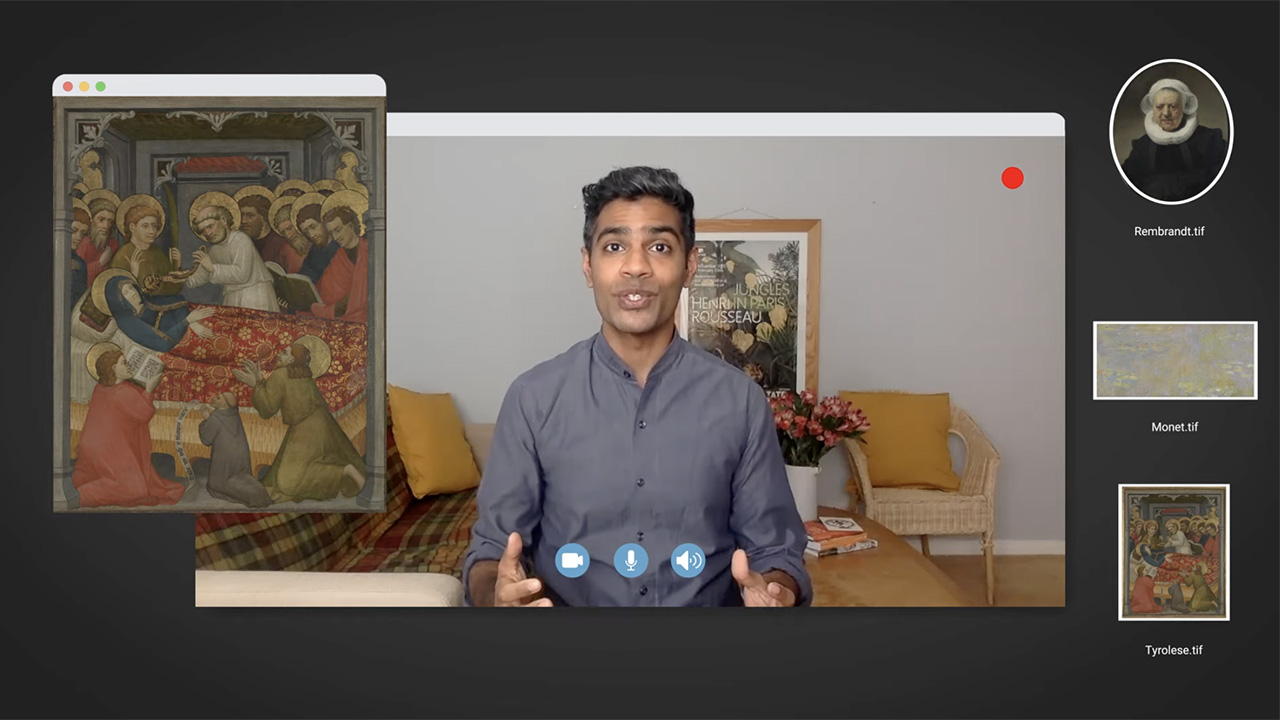After a year of seismic change for global cultural stakeholders, MuseumNext’s Digital Summit convened to assess how organizations pivoted and formed new strategies. The week-long event (February 22 to 26) welcomed more than 60 speakers to share experiences and learnings from 2020.
As the Digital Summit’s official media partner, Jing Culture & Commerce presents key findings from select sessions. Find more of our coverage here.
Session: “Our Doors May Be Closed, But We Remain Open Online: Creating Content During a Pandemic”
Host: John Shevlin, Senior Contact Planner, the National Gallery
Having remained open during the Blitz, London’s National Gallery was understandably reluctant to close for the first time in its 200-year history. Rather than rushing to produce content for homebound audiences, the National Gallery took the bold and unconventional decision to stop and plan.
First came an audit of resources and staff skills (turns out an audio expert worked in the education department). Next, they established new objectives for campaigns created under lockdown and divided into small teams. Each was provided with a clear brief to create a pilot video over a two-week period before submitting for an internal critique. The team then published the content publicly and continued the process.
Between March and July, the National Gallery produced 32 new films generating 2.3 million views. “Nothing went viral,” says Shevlin, “but we were able to keep audiences engaged, which was really important for us.”

Launched in the past year, the National Gallery’s A Curated Look series of short talks sees curators explore various themes inspired by the museum’s collection. Image: Nationalgallery.org.uk
Key Quote: “By having small teams and clear roles, everyone knew what they were responsible for. Let skills shine, don’t be afraid to move people around [between groups or departments].”
Pro Tip: To overcome problems of video quality, consider shrinking the size of the frame and backgrounding it with a bright color, says Shevlin.



